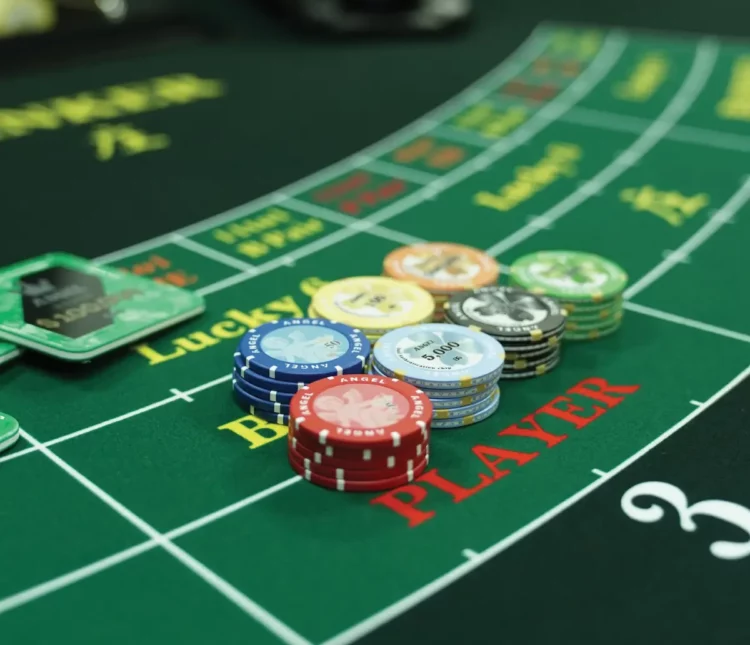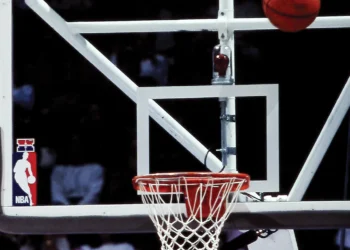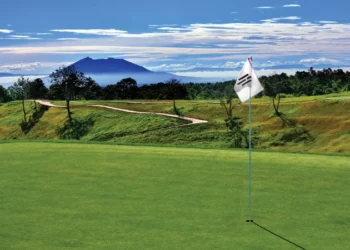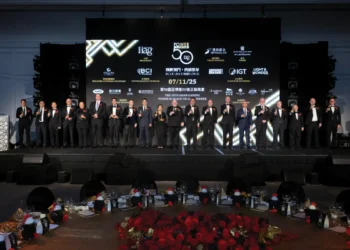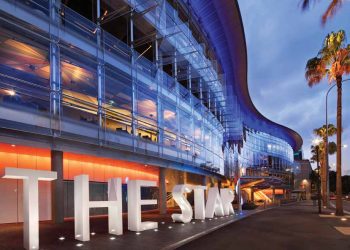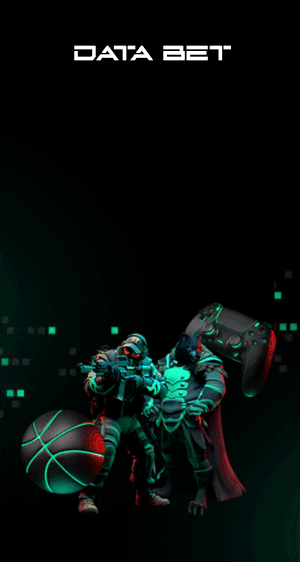Baccarat side bets now contribute between 45% and 50% of Macau’s baccarat gaming revenues, representing a generational shift in player preferences thanks to the deployment of smart gaming table technology.
Stakeholders told IAG that such side bets previously comprised only a fraction of revenues and less than 1% of turnover.
Speaking at the G2E Asia conference at The Venetian Macao on Thursday, Clayton Peister, the Managing Director of analytics firm Differential Labs, attributed the change to the transformational nature of the data generated by smart tables which has allowed operators to better understand side bets and therefore experiment with table game layouts.
“These transactional level results help us understand the player in a much more effective way so we can program what we’re offering,” he said.
“An example is side bets which now account for 5% of turnover but 45% to 50% of revenue, which is quite high.
“Understanding those risk preferences, understanding those preferences around side bets, enables us to consider metrics outside of theoretical [win] so that when allocating rooms or seats at an event we can give that asset to the best person.”
All six of Macau’s concessionaires have either fully adopted or are close to completing installation of smart tables across their casino floors, prompting the Gaming Inspection and Coordination Bureau (DICJ) to approve a series of new side bet options over the past two years.
Bryan Jenkins, Managing Director of leading smart table developer Angel Australasia, said operators now have a much better understanding of the true value of side bets as well as how they can be better used.
“Typically in the past, the way to test a side bet was to just put it on the table and see how the table revenue goes. There was no real information about it. Now you can see with the amount of side bets we have here and proliferating around Asia that people are recognizing that they can test side bets and know exactly how much they are getting out of it.
“It makes the testing of these side bets much easier when it comes to finding out how certain layouts work and where to position your higher value bets.”
The increased value provided by this greater proliferation of side bets saw Marina Bay Sands last month increase its theoretical hold percentage on rolling play from 3.30% to 3.70%. The company said in an earnings call that this was specifically a result of its greater utilization of side bets and more accurate data from the implementation of smart tables across its gaming floors.
It is for this reason that Jenkins said he expects operators across the board to adopt smart table technology in the near future if they haven’t already.
“We have already seen significant uptake in the Macau market, the Singapore market and to a certain extent in the Australian market … and the Philippines is very much catching up,” he observed.
“There are other outliers in Asia that have been slow [to adopt smart tables] but they will get the benefit of the first adopters. I think you will find that they’ll catch up fairly quickly and once people start using technology, they won’t go back.
“I can’t see there being any new casino openings or major expansion of a casino where they don’t at least strongly continue the utilization of smart data technology.”






